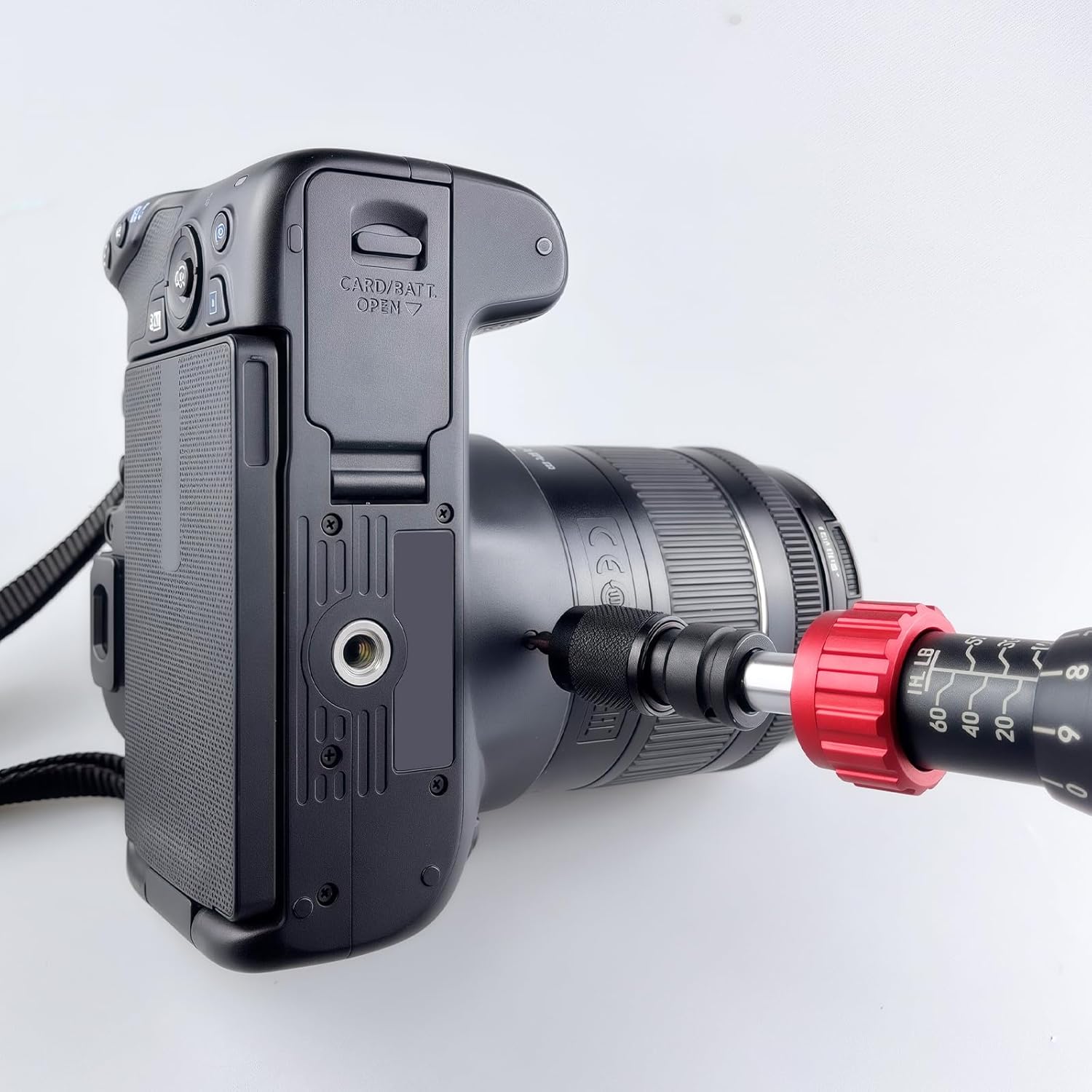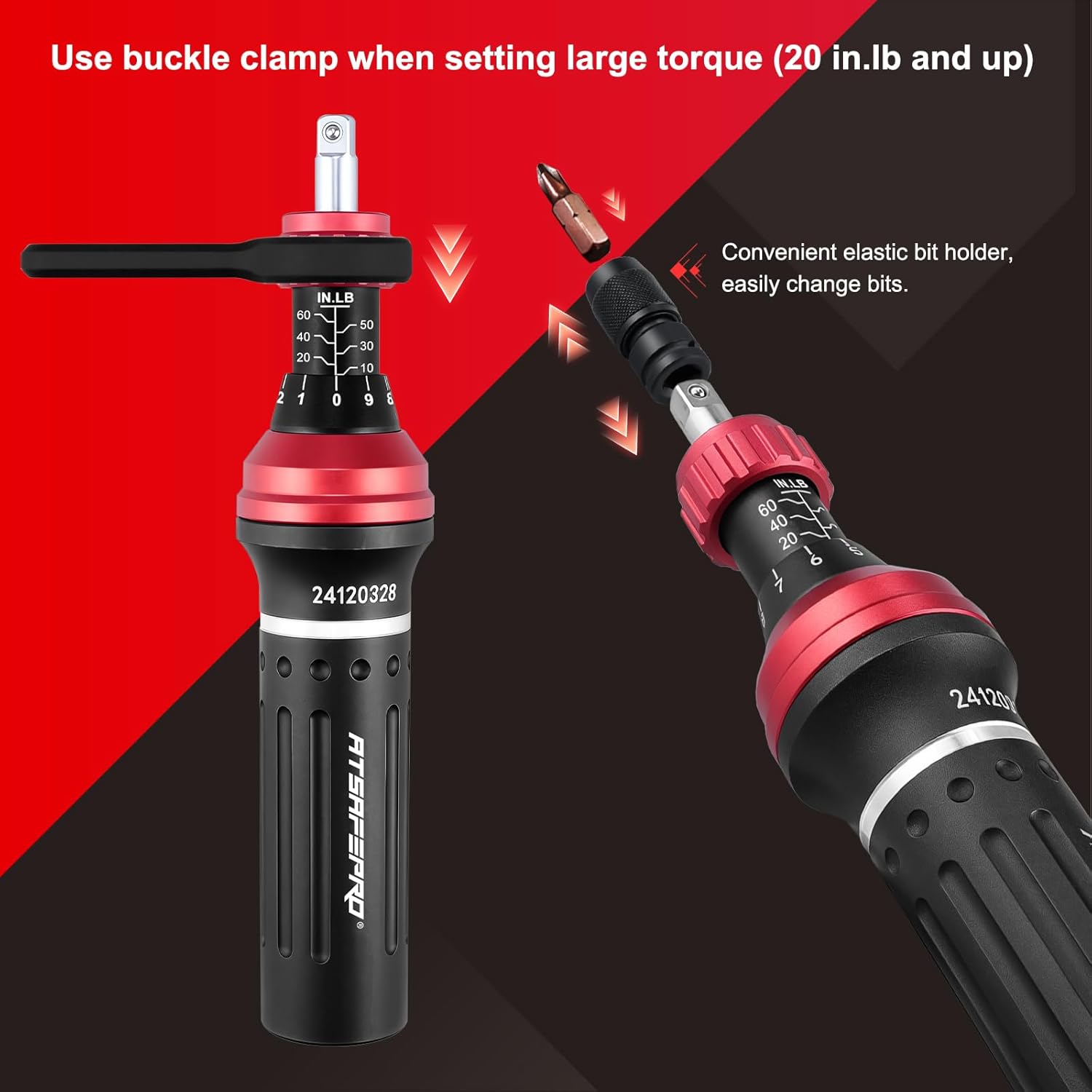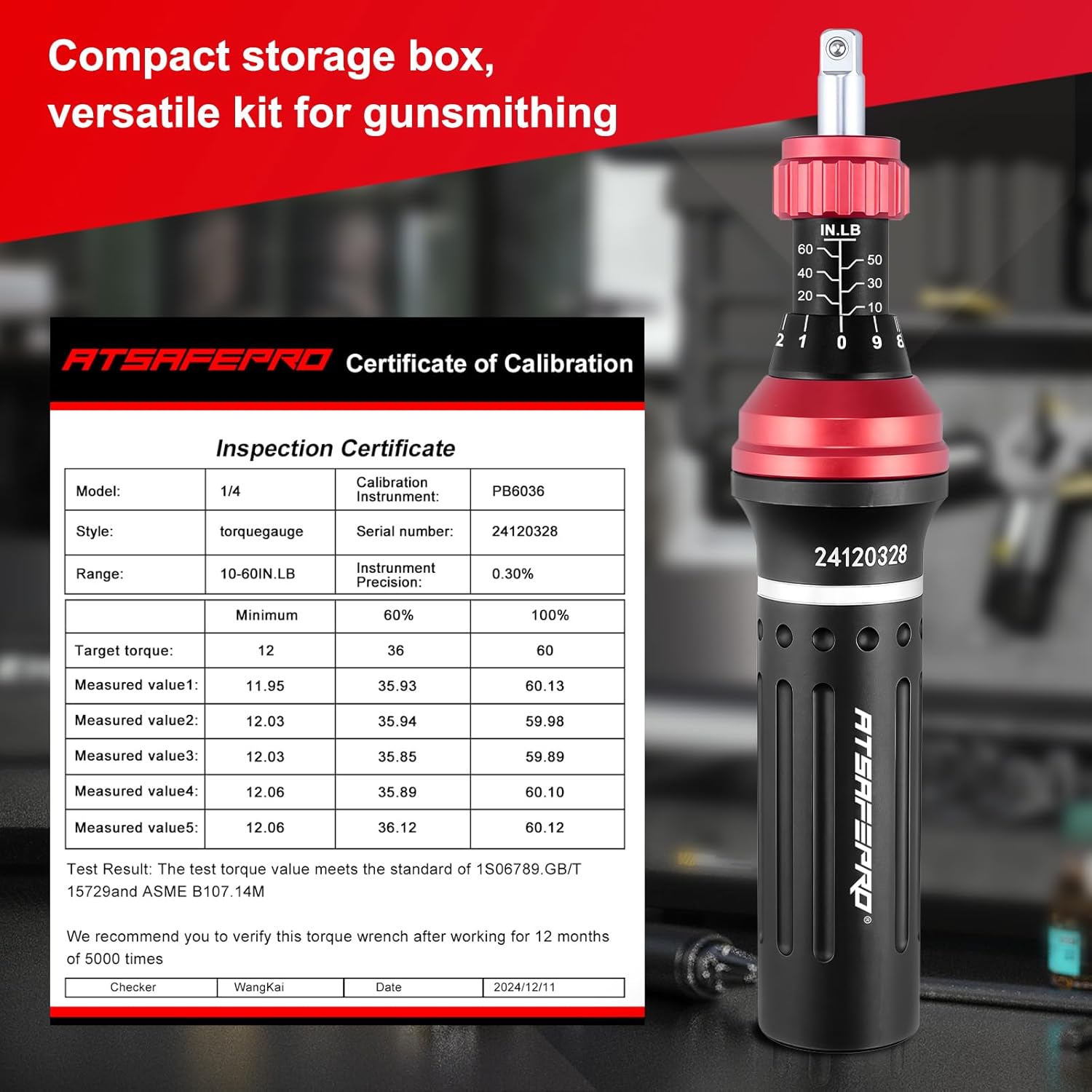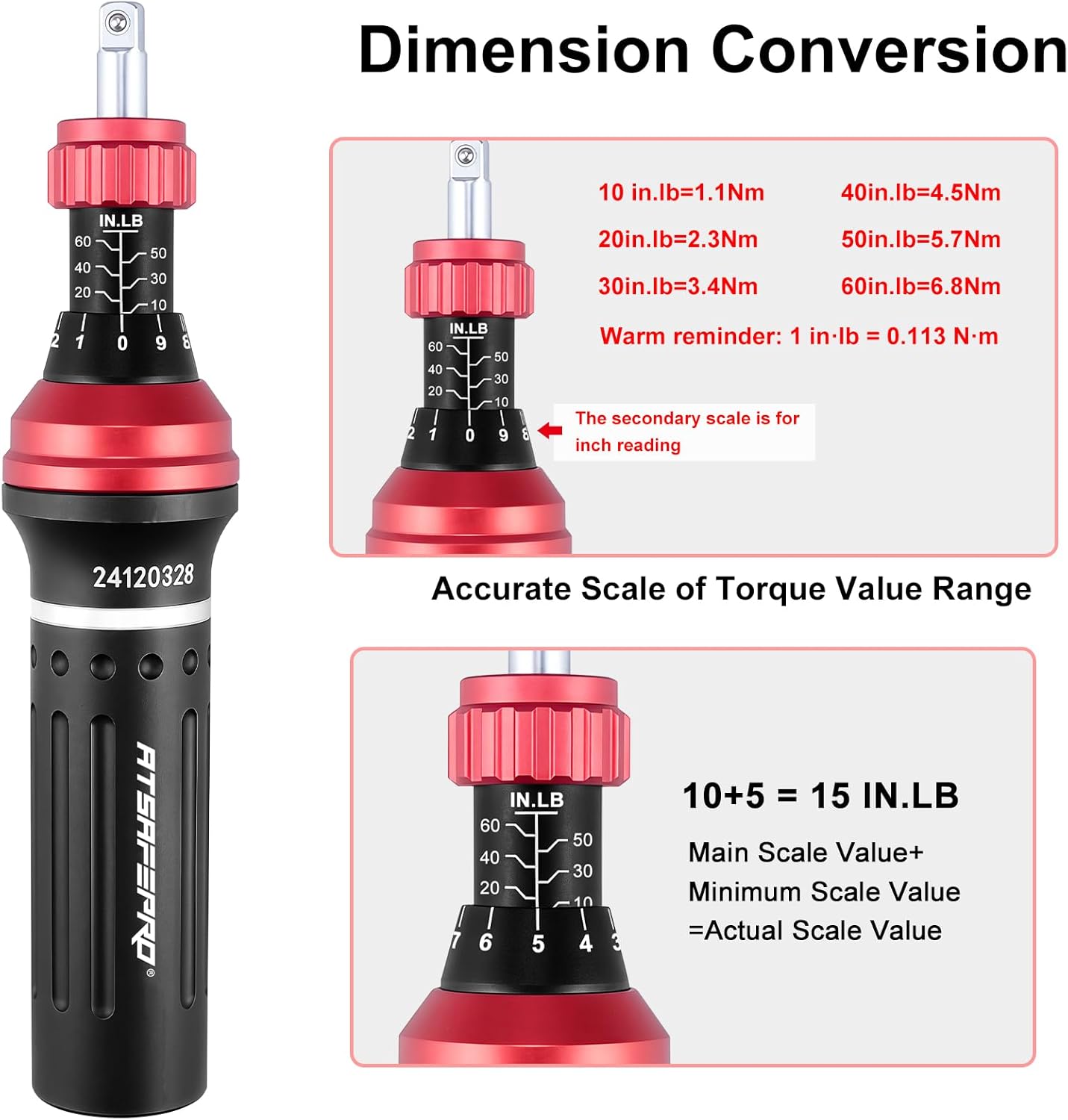Every time you get behind the wheel, you place an enormous amount of trust in four small patches of rubber that connect your vehicle to the road. These tires are your first line of defense against the unexpected, influencing everything from braking distance to handling in wet weather. A crucial, yet often overlooked, aspect of their health is tread depth. Understanding this simple measurement is not just for car mechanics; it’s a fundamental skill for any responsible driver. With a reliable tire tread depth gauge, you can gain invaluable insight into your vehicle's safety and performance, empowering you to make informed decisions about maintenance and replacement.
The Unseen Hero: Why Tread Depth is Crucial for Your Safety
The intricate patterns on your tires are not just for show. These grooves and channels, known as the tread, are engineered to provide grip by siphoning water, slush, and dirt away from the contact patch. This allows the tire to maintain a firm hold on the road surface, especially in adverse conditions. As a tire wears down, the depth of these grooves decreases, significantly reducing its ability to displace water. This can lead to a dangerous phenomenon called hydroplaning, where the tire loses contact with the road and skims over a layer of water, causing a complete loss of steering and braking control. Furthermore, shallow tread depth dramatically increases your braking distance, turning a routine stop into a potential collision. Regular monitoring is the key to preventing these risks and ensuring your car responds exactly as you need it to in a critical moment.
Choosing the Right Tire Depth Gauge Tool for the Job
When it comes to vehicle maintenance, having the right equipment makes all the difference. A dedicated tire depth gauge tool is an inexpensive yet essential device that provides precise and immediate feedback on your tire's condition. While various types exist, from digital readouts to simple probes, the most effective tools are those that eliminate guesswork. Consider the Tire Precision Gauge, a device designed for clarity and ease of use. Its intuitive, color-coded dial translates complex measurements into a simple, understandable status report. The green zone signifies healthy tread, giving you confidence in your vehicle's grip. The yellow zone serves as a helpful warning, indicating that while your tires are still functional, it's time to start planning for replacements. The red zone is an unmistakable alert that your tires have worn past the safe limit and require immediate attention. This kind of straightforward feedback makes it easy for anyone to take a proactive role in their car's safety.
A Simple Guide on How to Measure Tire Tread Depth
Learning how to measure tire tread depth is a quick and simple process that anyone can master. By following a few easy steps, you can get an accurate picture of your tire health in just a few minutes. First, park your vehicle on a level surface and ensure the parking brake is engaged for safety. It's also helpful to turn your front wheels to one side to get easier access to the tread. Next, take your tire depth gauge tool and locate the primary circumferential grooves of your tire; avoid the raised blocks or 'wear bars' that sit at the bottom of the grooves. Insert the pin of the gauge into the groove until the base of the tool is flush with the surrounding tread blocks. Read the measurement displayed. For a complete assessment, it’s vital to check at least three different spots across the width of each tire—the inner, middle, and outer grooves. This helps identify uneven wear, which could signal issues with alignment or tire pressure.
Understanding the Numbers: What Your Tires Are Telling You
Once you have your measurements, interpreting them is the next step. Most new car tires start with a tread depth of around 10/32nds or 11/32nds of an inch. A reading in the green zone, typically anything above 6/32", means your tires are in excellent shape with optimal water-channeling capabilities. When your measurements fall into the yellow zone, around 4/32" to 5/32", it is a sign of caution. Your tires are wearing down, and their performance in rain and snow is noticeably diminished. The critical point is 2/32", which is the legal minimum tread depth in most states. A measurement this low falls squarely in the red alert zone, indicating the tire is bald and unsafe for driving. Using a color-coded tire tread depth gauge like the Tire Precision Gauge simplifies this entire process, instantly telling you whether you're in the green, yellow, or red without needing to remember specific numbers.
Proactive Maintenance for a Longer, Safer Ride
Making tread depth checks a part of your regular vehicle maintenance routine, perhaps every month or during every oil change, has benefits that extend far beyond safety. By regularly using a tire depth gauge tool, you can catch uneven wear patterns early. For example, if the outer edges are more worn than the center, your tires might be underinflated. Conversely, excessive wear in the center can point to overinflation. Spotting these issues allows you to correct your tire pressure or seek a professional alignment before the tire is permanently damaged, saving you money in the long run. Properly maintained tires also contribute to better fuel efficiency, as they roll with less resistance. This small, proactive step ensures you get the maximum life out of your tires while enjoying a safer, more economical driving experience.
Take Control of Your Vehicle's Health
Your vehicle is a complex machine, but not all maintenance requires a trip to the mechanic. Checking your tire tread is one of the most impactful and accessible tasks you can perform yourself. It provides a direct line of communication with a critical component of your car, offering peace of mind with every journey. By investing in a quality tire tread depth gauge and incorporating it into your routine, you are no longer a passive passenger but an active participant in your own safety. You transform from simply driving your car to truly understanding it, ensuring that you and your loved ones are protected by tires that are ready for whatever the road has in store.







